Tired of feeling the burn from store-bought snacks? You can create delicious alternatives right in your kitchen.
Purchased snack foods are certainly convenient, but you may also find that they trigger acid reflux for you. And have you seen the price of some of those store-bought snacks lately? If you’re ready to switch to homemade snacks, we have the information you need and ideas about how to get started and what to make. All that’s required is a little planning and some basic cooking skills.
Smart Snacking for Reflux
Although snacks aren’t intended to make up most of one’s diet, having a nutritious snack when needed can tide you over until your next meal (and avoid overeating later) and help fill nutrient gaps in your diet (such as with fiber or protein). On the flip side, snacking frequently is associated with persistent reflux since gastric acid is secreted every time one eats. Many snack foods such as chips, trail mix, granola bars, and crackers contribute more than sugar, fat, and calories to your diet than anything else. That can lead to blood sugar spikes and dips and, if consumed regularly, extra pounds. To avoid getting more than you bargained for with your snack, it pays to approach snacking as something you do only when needed—not out of habit.
Why Packaged Snacks Can Be Problematic
When you make a snack at home, you know exactly what is in it. Label reading is important for packaged snacks to avoid certain ingredients that trigger GERD or acid reflux. Here are some common snack ingredients that may trigger reflux:
- Chocolate, cacao, or cocoa powder in granola bars and protein bars/drinks
- Spicy seasonings like Tabasco, chili powder, sriracha, and ground chiles in flavored crackers, chips, and snack mixes
- Fat and oils in fried snacks, crackers, and baked goods like quick breads, cookies, and pastries, and natural fat in nut and seed mixtures
- Onion and tomato used as a seasoning in crackers
- Citric acid is a natural component of citrus fruits and tomatoes and a common preservative and flavoring agent in fruit snacks, fruity beverages and soft drinks, jams and jellies, and frozen desserts.
Look for the presence of these ingredients on food labels if you know these are reflux triggers for you.
In addition, what you’re drinking with your snack matters, too. Water or soda alternatives are always a great choice (you can mix up your own). Avoid the following—especially between meals— to decrease reflux risk:
- Carbonated beverages of any kind
- Caffeinated beverages, including coffees, energy drinks, teas, some protein drinks, and pre-workout drinks
Delicious Homemade Snack Swaps For Reflux Relief
Making your own snacks is a way to prevent reflux while satisfying a craving or addressing an empty stomach. When it comes to snacks, lots of folks seem to be either on Team Sweet or Team Salty. Here are some ideas for both teams, including links to recipes.
Sweet snack strategies:
- Rely on fruits that are lower in acid, like bananas, pears, peaches, apples, apricots, melons, berries
- Eat fruit on its own or with a small amount of nut butter—simple, easy, and delicious
- Blend frozen bananas or melon to create a naturally sweet frozen treat
- Whip up a mini-smoothie or split a smoothie with a friend or partner (you can even work in some veggies) or fruit parfait
- Top a slice of toast
- Spread some applesauce on a piece of whole-grain toast, then sprinkle with cinnamon.
- Top toast with a smear of nut butter and top with sliced apples or pears
- Bake up healthy snacks at home
- Make a quick fruit crisp and consider adding high-fiber cereal to the oatmeal topping (this also makes a tasty breakfast with some plain, low-fat Greek yogurt) or top with some homemade granola.
- Bake a batch of nutritious “breakfast cookies” or bars; freeze individually and defrost as needed.
- Homemade muffins made with whole grains and fruit are a great way to get more fiber to keep your GI tract working properly while increasing your fullness level. Make mini-muffins if you want a smaller snack.
Salty snack strategies:
- Keep things crunchy
- Flavor plain popped popcorn with a spritz of liquid (such as reduced-sodium Tamari or liquid aminos) and shake on seasonings of your choice, such as nutritional yeast, Italian seasoning plus a little grated Parmesan cheese, or any favorite seasoning blend that doesn’t trigger your reflux.
- Create your own trail mix or snack mix that provides protein and fiber using a favorite crunchy, high-fiber, and low-sugar cereal and some lightly salted nuts. Then, add your choice of additional ingredients, such as dried fruit, pumpkin seeds, or popped quinoa. Package it in individual baggies or containers to help with portion control.
- Go for veggies
- Homemade veggie chips are delicious and not as much work as you might think; you may even want to try making them in an air fryer.
- Dipping is always fun! Make an easy dip for raw vegetable sticks, your homemade veggie chips, or pita crisps using cottage cheese or plain yogurt as a base, add in seasonings of your choice
- Lightly salted, steamed edamame pods are quick to make and provide protein and fiber for staying power. Simply microwave frozen pods and immediately sprinkle them with salt.
We all need a snack once in a while, and that’s totally fine! It’s important to realize, however, that a regular eating pattern that doesn’t rely on grazing throughout the day will likely be more nutritious and more likely to help you keep reflux to a minimum. Buying packaged snacks is easy but can be pricey and not as reflux-friendly as you might like. Making your own snacks doesn’t require much work or culinary skill and might be the answer to your mid-day hunger.
- Fiorentino E. (2019). The consumption of snacks and soft drinks between meals may contribute to the development and to persistence of gastro-esophageal reflux disease. Medical hypotheses, 125, 84–88. https://doi.org/10.1016/j.mehy.2019.02.034


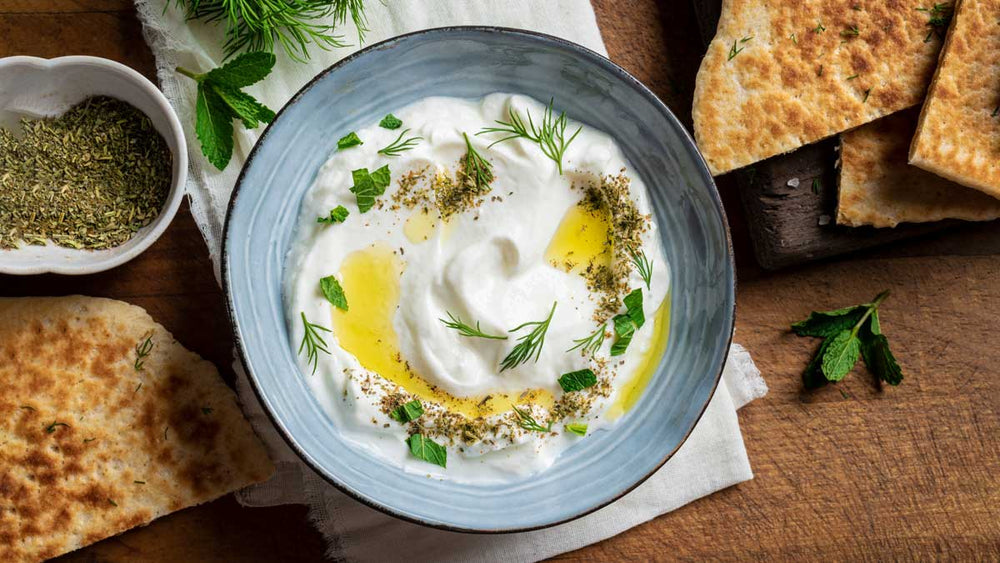
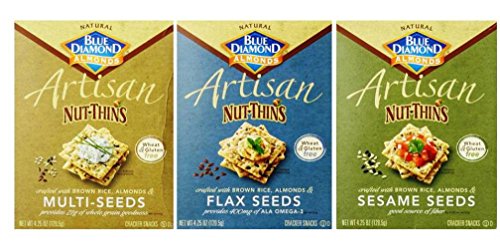
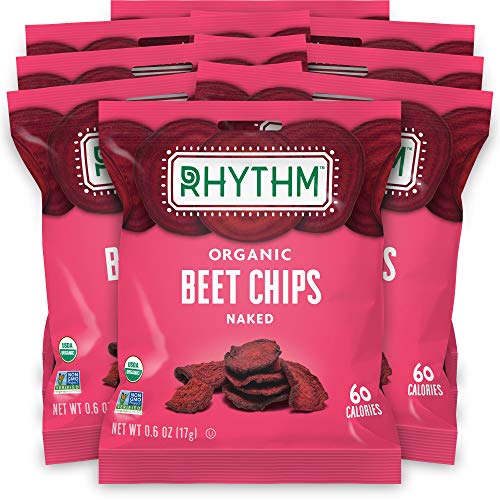
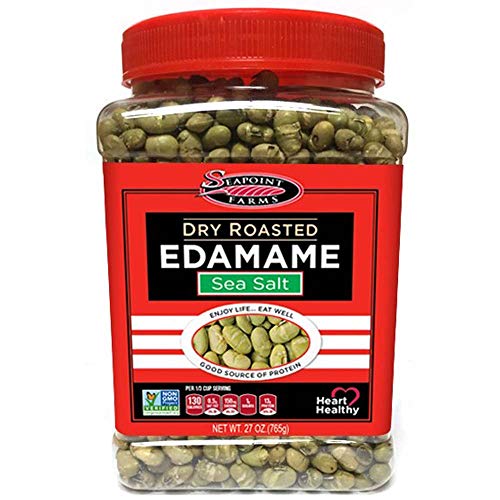
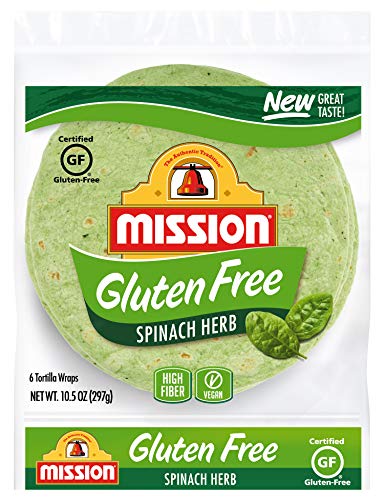




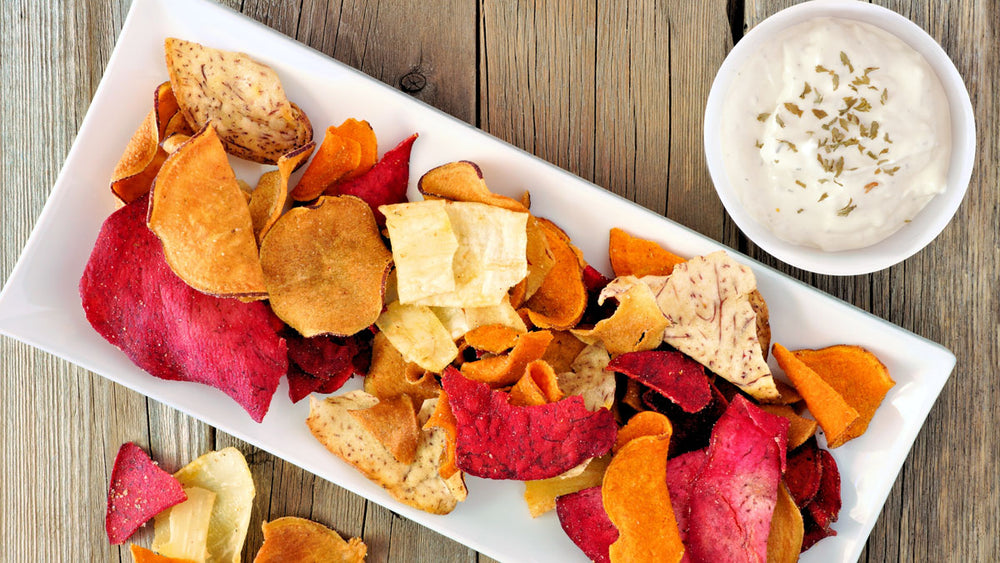

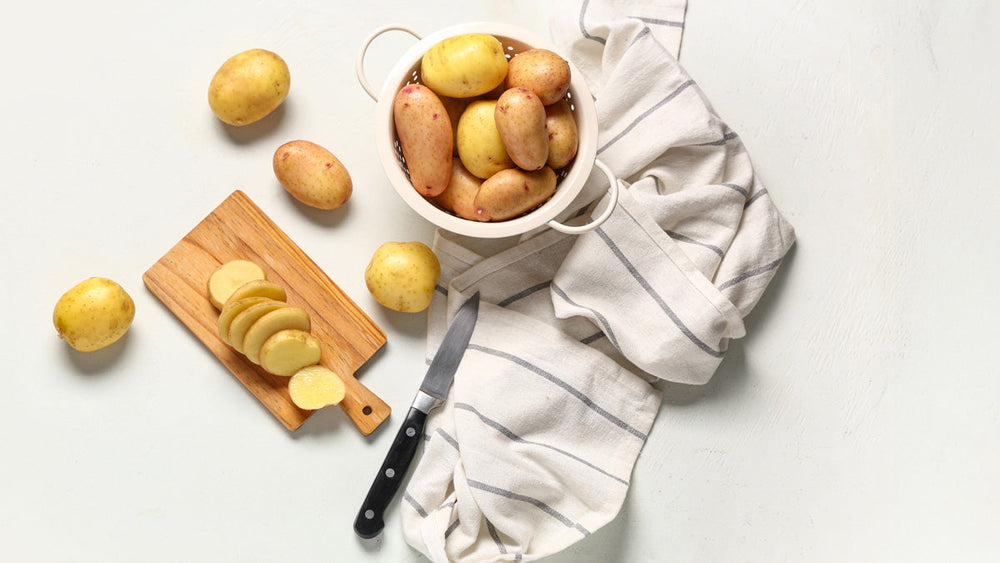



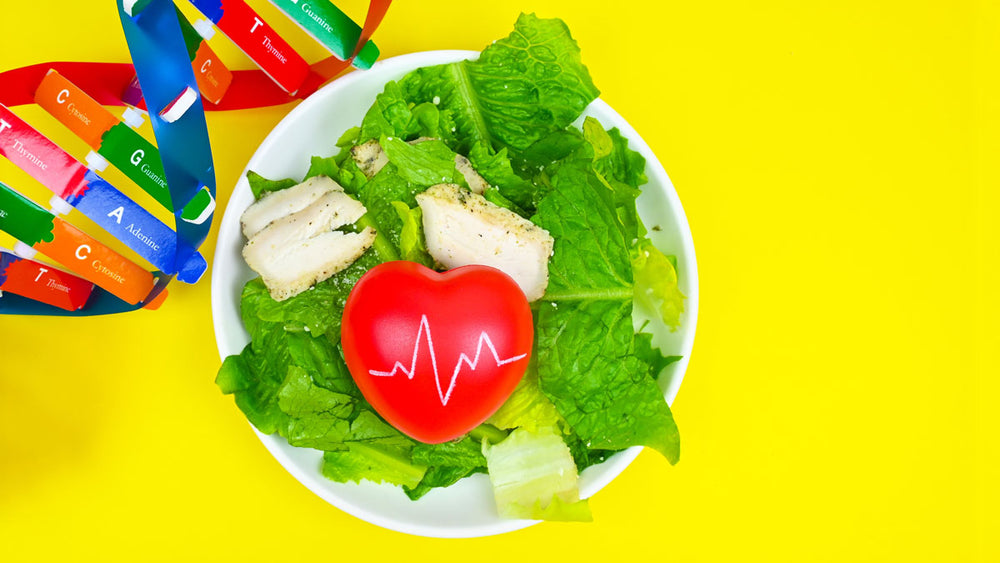

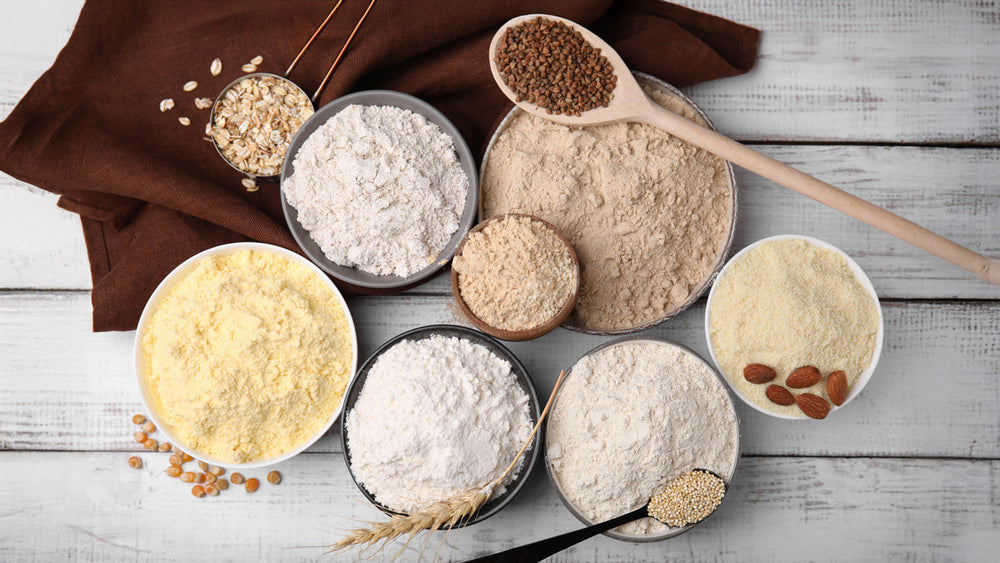


Comments
Join The Conversation...